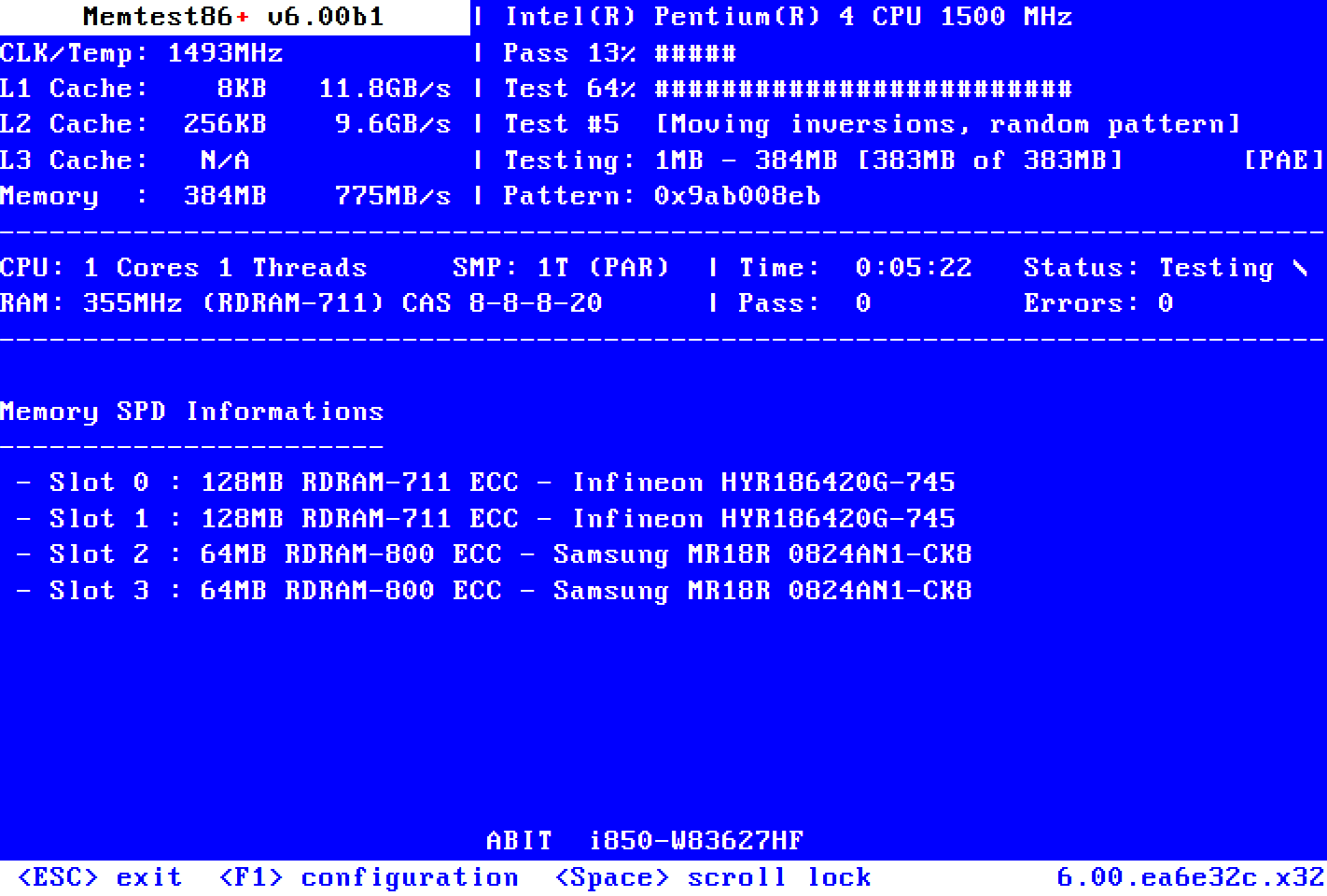My motherboard is a b760m aorus elite ax running along an i5 3600k and 32gb ram 6000mhz DDR 5 Corsair Vengence. (Micron), the ram is placed in the 2nd and 4th slot (A2/b2?)
The problem is when I first installed this PC I recall setting the XMP to the 1st and only profile that it shows which made them run at 6000 mhz, now I'm not sure whether I've applied it or not because recently I realized it's on default, 4800mhz. I did some bios updates since then. It will boot LOOP if I set the XMP profile, but what I have noticed is, if I do set it on as soon as it reboots, a second or two passes then the PC shuts down and opens back up staying in a boot loop.
I've tried to figure the cause and I think it has to do with the voltage. I went to DDR5 voltage control in bios and I tried to increase the voltage to 1.15 (since it seems to run at 1.1v also checked within windows) just to make sure. As soon as I save I get the same thing as before, the PC reboots then within 1 second, it turns off and on and enters a loop. So it has to do with the voltage.
Now if I manually increase the ram MHZ it goes to 5500 max. 5600 causes a boot failure where it asks me to "repair" the windows. I assume this has to do with the lack of voltage, it being on 1.1v. I did try to increase the voltage of VDDQ and VDD2 to 1.250v just as a test, it did boot fine without the loop and turn off/on but didn't change the outcome of the OC. XMP being out of the question since it increases the RAM v.
So does anyone know, is it the motherboard or the ram that causes this?
The problem is when I first installed this PC I recall setting the XMP to the 1st and only profile that it shows which made them run at 6000 mhz, now I'm not sure whether I've applied it or not because recently I realized it's on default, 4800mhz. I did some bios updates since then. It will boot LOOP if I set the XMP profile, but what I have noticed is, if I do set it on as soon as it reboots, a second or two passes then the PC shuts down and opens back up staying in a boot loop.
I've tried to figure the cause and I think it has to do with the voltage. I went to DDR5 voltage control in bios and I tried to increase the voltage to 1.15 (since it seems to run at 1.1v also checked within windows) just to make sure. As soon as I save I get the same thing as before, the PC reboots then within 1 second, it turns off and on and enters a loop. So it has to do with the voltage.
Now if I manually increase the ram MHZ it goes to 5500 max. 5600 causes a boot failure where it asks me to "repair" the windows. I assume this has to do with the lack of voltage, it being on 1.1v. I did try to increase the voltage of VDDQ and VDD2 to 1.250v just as a test, it did boot fine without the loop and turn off/on but didn't change the outcome of the OC. XMP being out of the question since it increases the RAM v.
So does anyone know, is it the motherboard or the ram that causes this?
Last edited:



